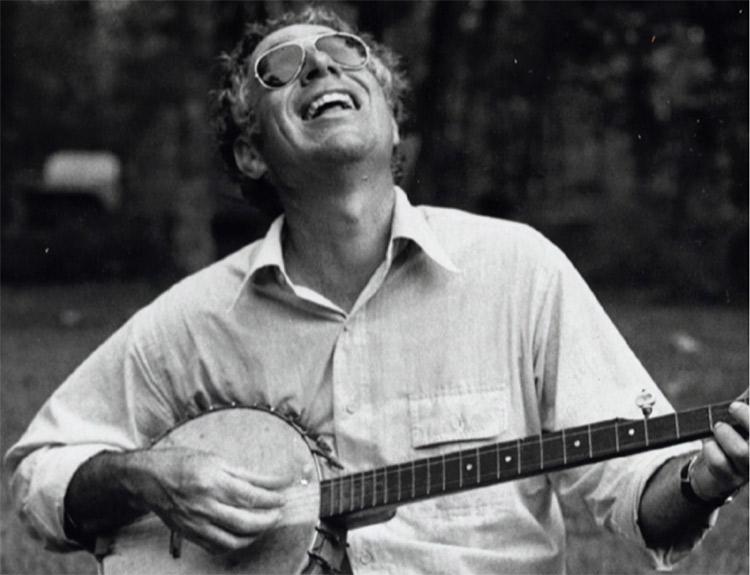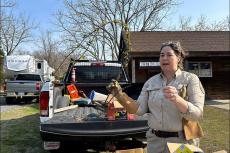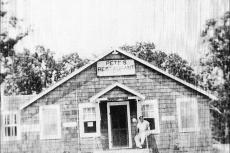Richard Bender, an architect and professor of architecture and engineering who lived part time in Amagansett from 1961 to 1990, died on Oct. 8 of metastatic cancer at home in Oakland, Calif. He was 92 and had been ill for two months.
Even though Mr. Bender’s base for most of his career was on the West Coast, he spent time in Amagansett, mainly on Red Dirt Road, where he helped build an Amenity project, a community of homes and shared property of 20 acres in the woods, all of which had the same design and layout but “altered finishing materials,” according to his son Michael Bender. These houses were featured in The New York Times and Better Homes and Gardens, among other publications.
On the East Coast Mr. Bender trained and worked with Paul Lester Wiener’s firm and helped design and build the pagoda-like Strong-Cuevas house in the Stony Hill woods. He was the architect Joel Carmichael chose to make the Amagansett Life-Saving Station into a residence in 1966, when Mr. Carmichael bought the station from the Town of East Hampton for $1 and had it moved from Atlantic Avenue to Bluff Road. In 2007 the family donated the building to the town and it was moved back to Atlantic Avenue, where it sits in its original footprint as a museum.
According to his son, Mr. Bender was known as a “leader in the field of using modular construction to develop low-cost housing that retained style, a key aspect of which was making use of stock components and sizes.” He built affordable housing in Calcutta and Mexico, and planned and built new towns in Latin America with Wiener and Josep Lluis Sert. One of the tenets of his approach was bringing together experts to develop dynamic, multidisciplinary approaches to projects.
In San Francisco, he was one of the founders of and an adviser to the Bridge Housing Corporation, a Bay Area nonprofit focused on building communities for those who need housing.
In Amagansett, his son said, he was friendly with the community of artists there. He was close to Costantino Nivola, and designed and built Saul Steinberg’s studio on Old Stone Highway, among other well-known houses.
Richard Bender was born on Jan. 18, 1930, in Brooklyn, one of two sons of Edward Bender and the former Betty Okun. He graduated from James Madison High School there and earned a bachelor’s degree in civil engineering at City University of New York, a master’s degree in building construction engineering at M.I.T., and a master’s in architecture and planning at Harvard, where his studio leaders included the midcentury modernists Walter Gropius, Serge Chermayeff, and Sert.
Mr. Bender served in the Army as a corporal/specialist E-4 in Greenland, where he built radio towers, and at Fort Dix in New Jersey. He also designed floats for parades and football games, earning a special commendation for his halftime float design at an Army-Navy game, and he designed awards and certificates honoring people and events.
In August 1956 he married Sue Rosenfeld, who survives him, along with their two sons, David Bender of Oakland and Michael Angelo Bender, M.D., Ph.D., of Seattle. A brother, Paul Bender of Phoenix, also survives.
The family is planning a memorial service to be held in the spring in Berkeley, Calif., with a Zoom component. A private dispersal of Mr. Bender’s ashes will take place in Amagansett and Springs.




